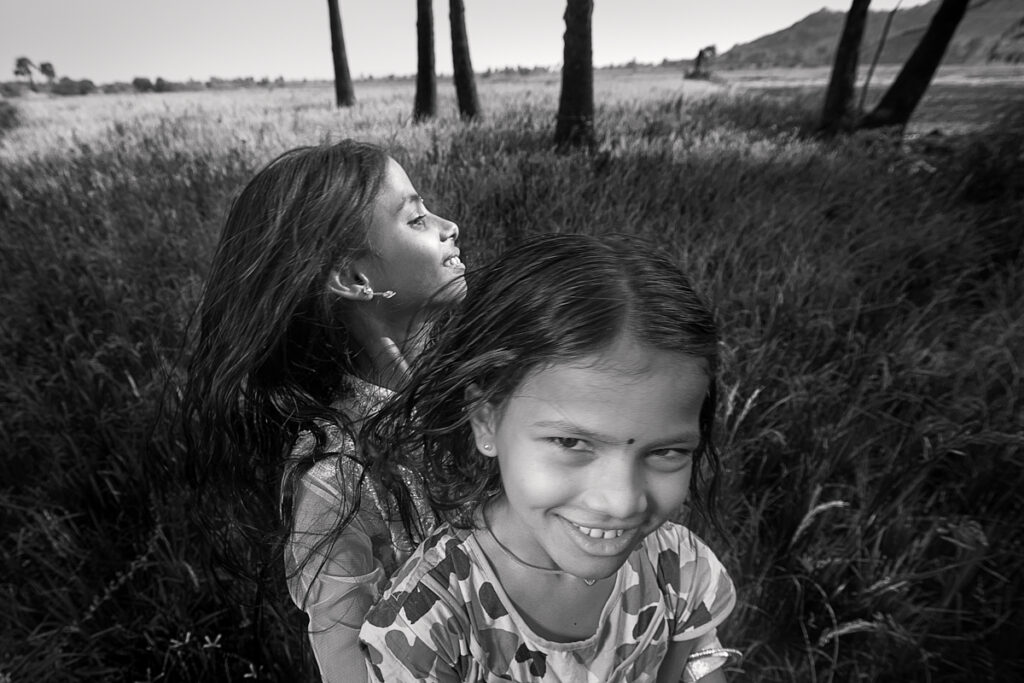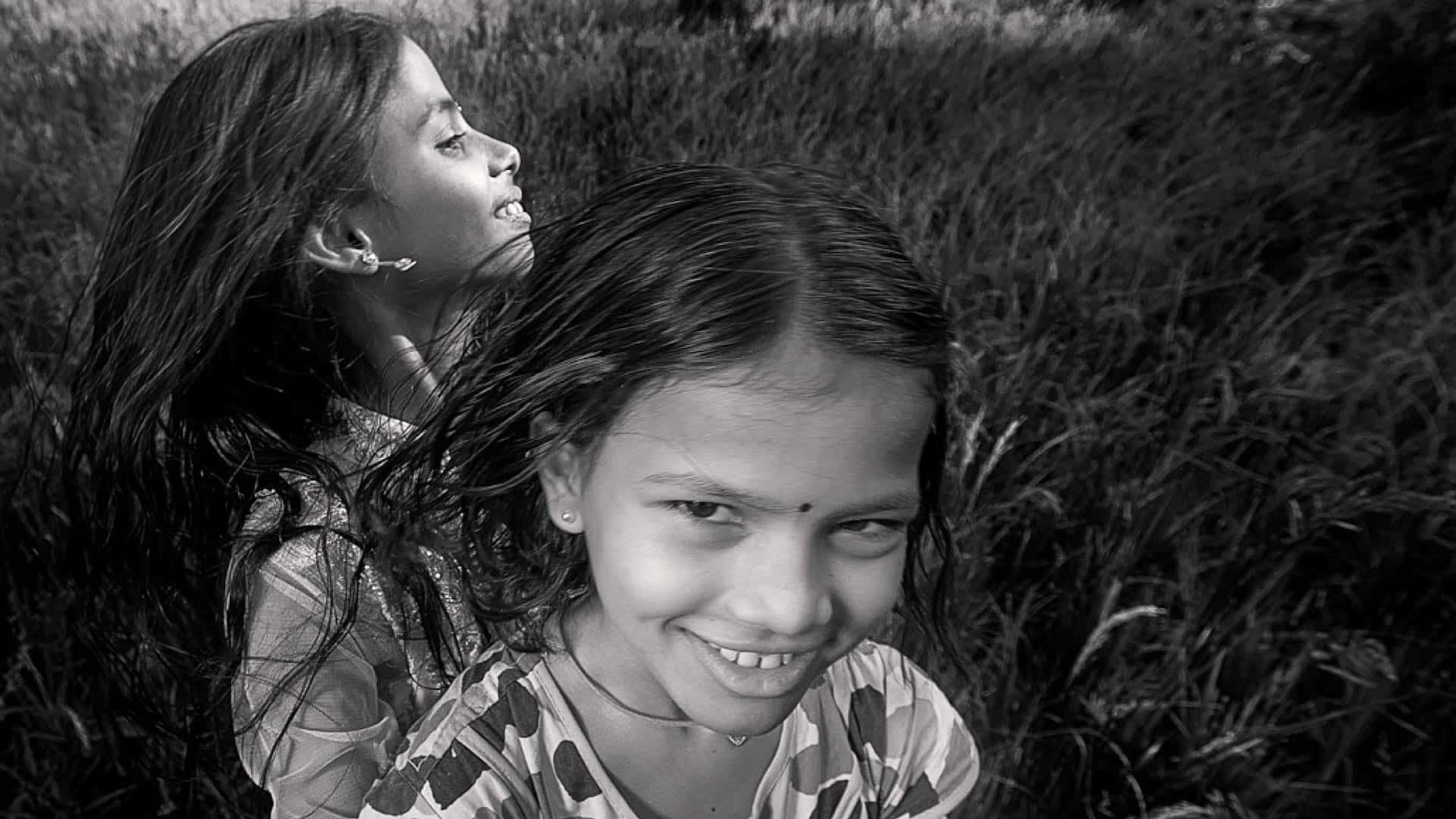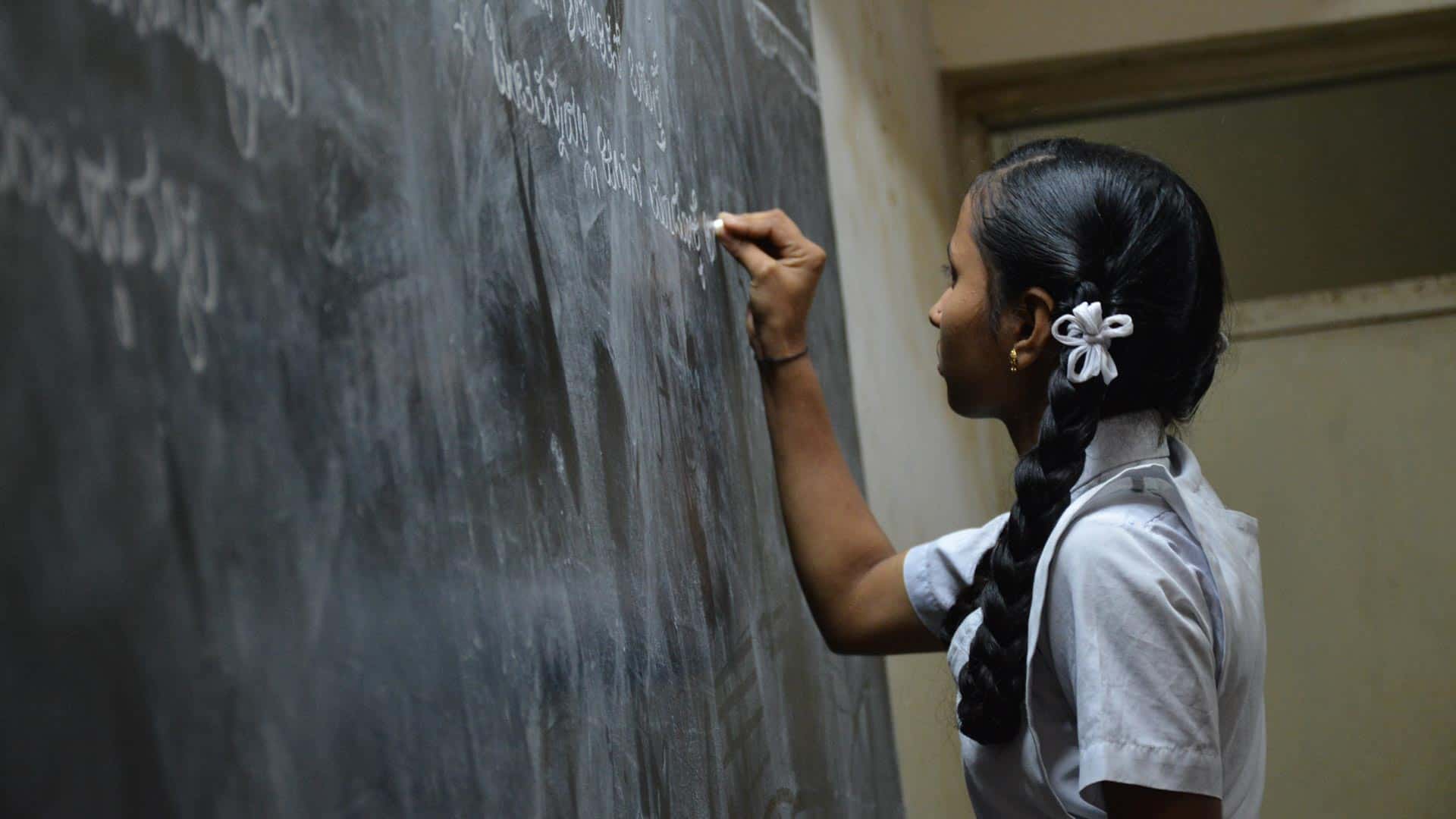The LEF Journal: While the most visible face of COVID-19 has been the loss of countless lives, other implications that are no less critical are emerging.
Since 2009, significant efforts have been made to counter numerous reasons for the high dropout rates among girls in India. The reasons include early marriage, prohibitive cost of quality education, household labour, safety and sanitation concerns in schools, to cite a few.
If one were to go by the 2017 numbers released by National Commission for Child Protection Rights, 39.4% of girls aged 15-18 years drop out of school and college across India. Of the girls who drop out, 64.8% do so not because they are working jobs, but because they are forced to take on household chores or are engaged in begging.
Now consider the fact that COVID-19 has rendered countless men and women jobless, thus putting extraordinary pressure on them and their families.
According to a Right to Education Forum policy brief, released on January 24, 2021, 1.6 million girls aged 11 to 14 years are currently out of school. With COVID-19 increasing the financial strain on families, 10 million girls run the risk of dropping out of secondary school, putting them at risk of early marriage, early pregnancy, poverty, trafficking and violence.
An article published in the New Indian Express in March this year reported hordes of children lining up for whatever job comes their way in parts of Karnataka. Meanwhile, The World Bank, in a report, states, “There is likely to be an increase in drop-out rates and a large portion of girls who will not return to school.”
I read a recent article by Monika Chaudhary, Associate Professor of Strategy and Finance at IIHMR University, Jaipur and Associate Faculty at Bloomberg School of Public Health, Johns Hopkins University.
She writes, “Girls are at greater risk of being deprived of their education as they are pushed towards paid and unpaid labour as well as child marriage in times of crisis. It is likely that many adolescent girls who stop going to school during the pandemic will never return.”
She also points to the Right to Education Forum policy brief that puts the estimated number at 10 million.
Both Professor Chaudhary and the World Bank report stress upon the need for multiple interventions. These include taking measures to carefully track the change in school enrolments for girls, providing scholarships to motivate parents to send the girls back to school, the need for new real-time online education models, increasing equitable access to schooling ( , increasing access to WaSH facilities in schools, promoting menstrual hygiene management and ensuring a safe and secure environment for girls.
The residual impact of the pandemic is still being debated, discussed and is yet to be understood clearly. But the immediate evident impact of COVID-19 is clearly threatening to negate all previous attempts to reduce the high dropout rate of girls in India. Nothing less than an extraordinary collaborative effort that involves all stakeholders will be needed to arrest the slide.
Note: Live Equal Foundation is creating a corpus to provide financial aid to girls enrolled in classes VIII, IX and X. To know more about the scholarship and /or to partner us in impacting more girls, visit LEF Scholarship for Girls.
Cover image courtesy: Prashant Godbole





